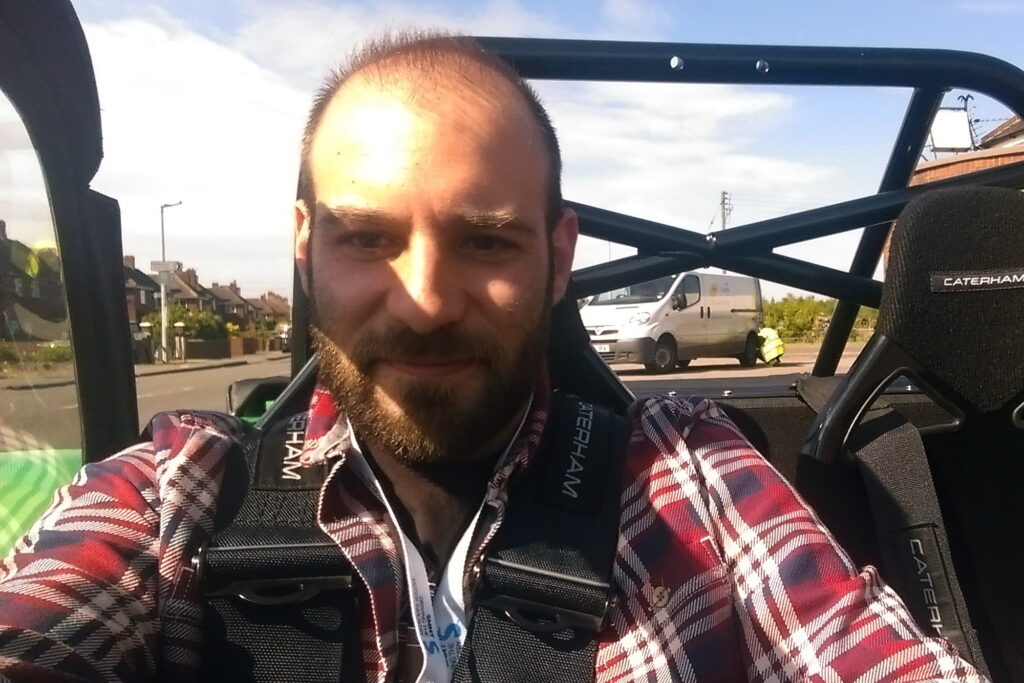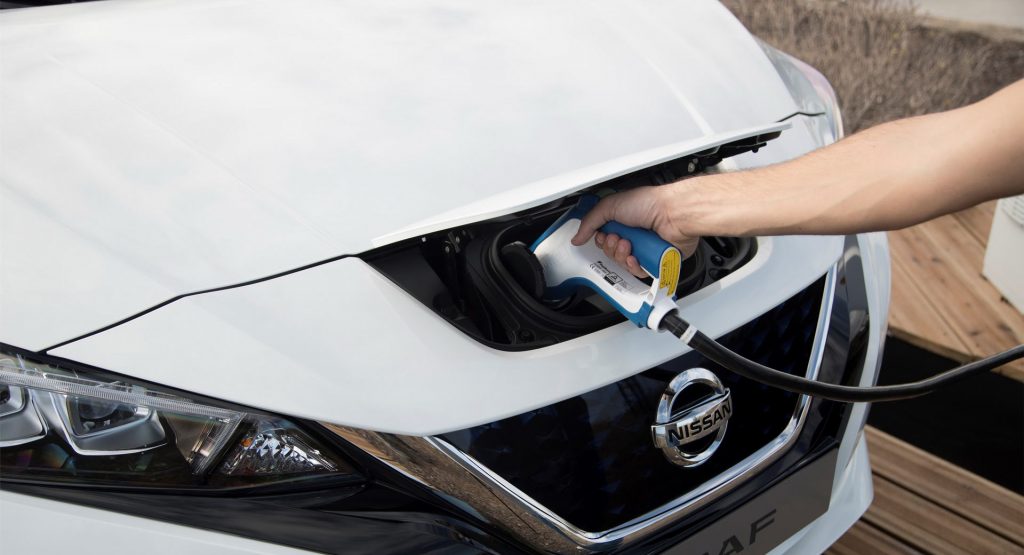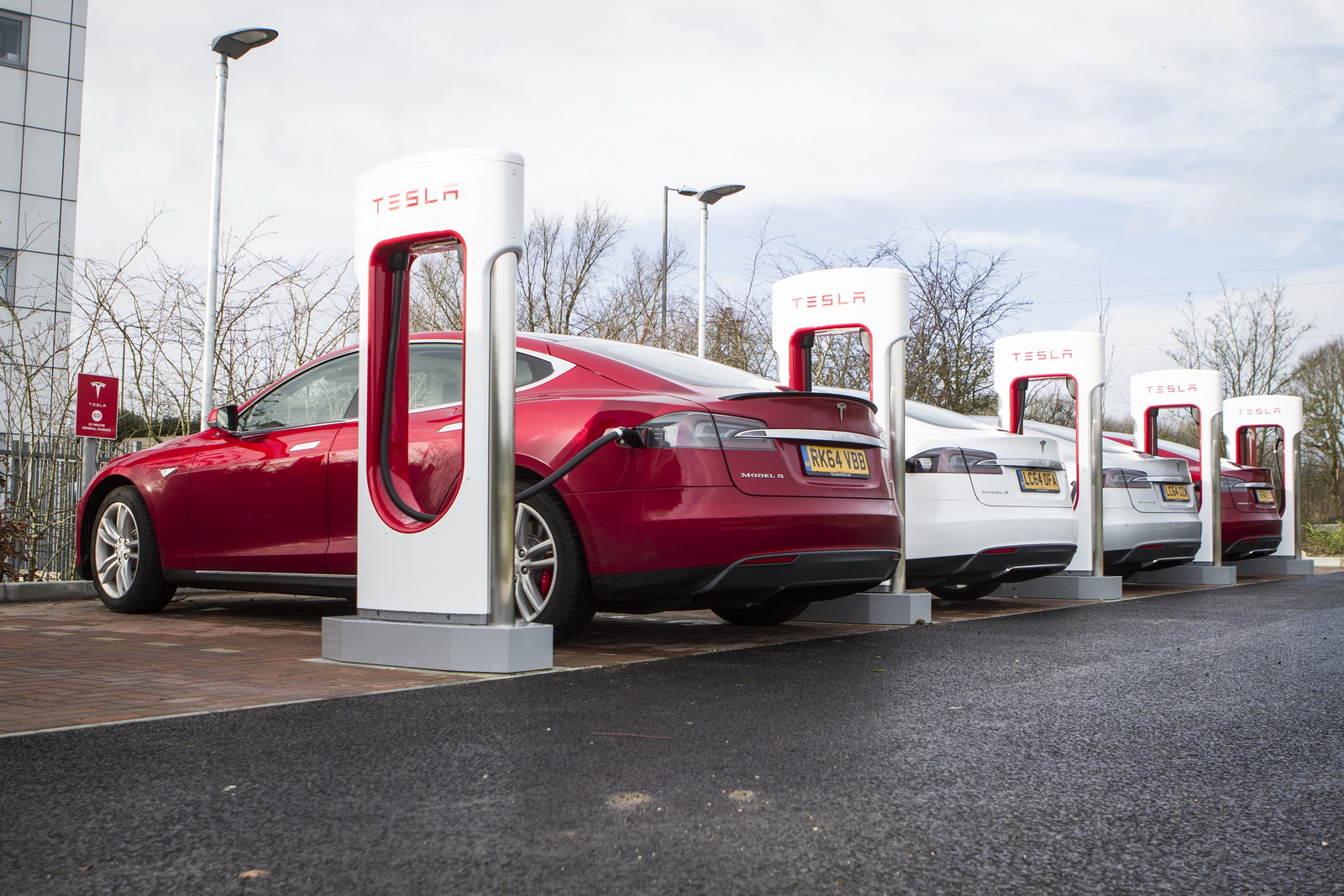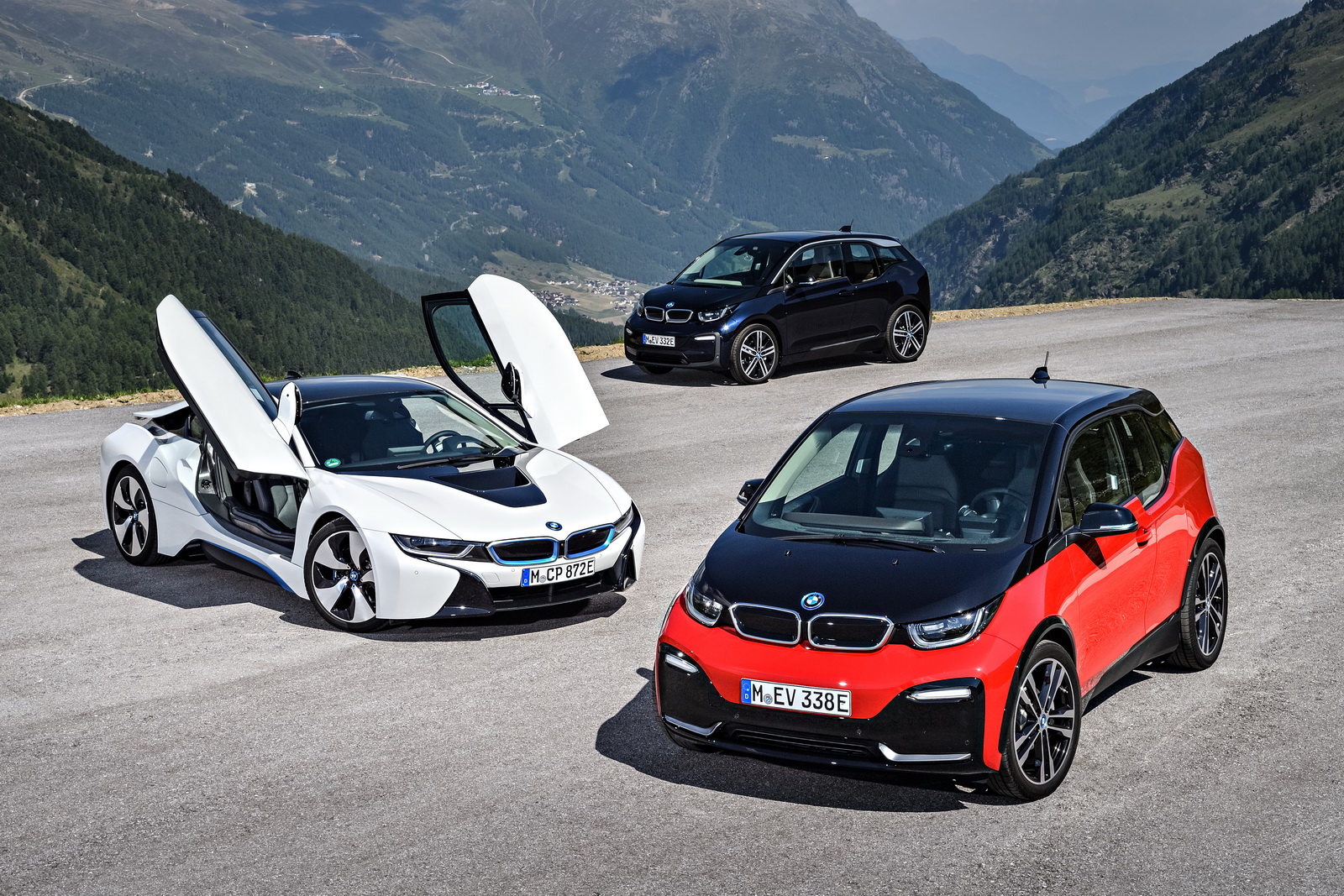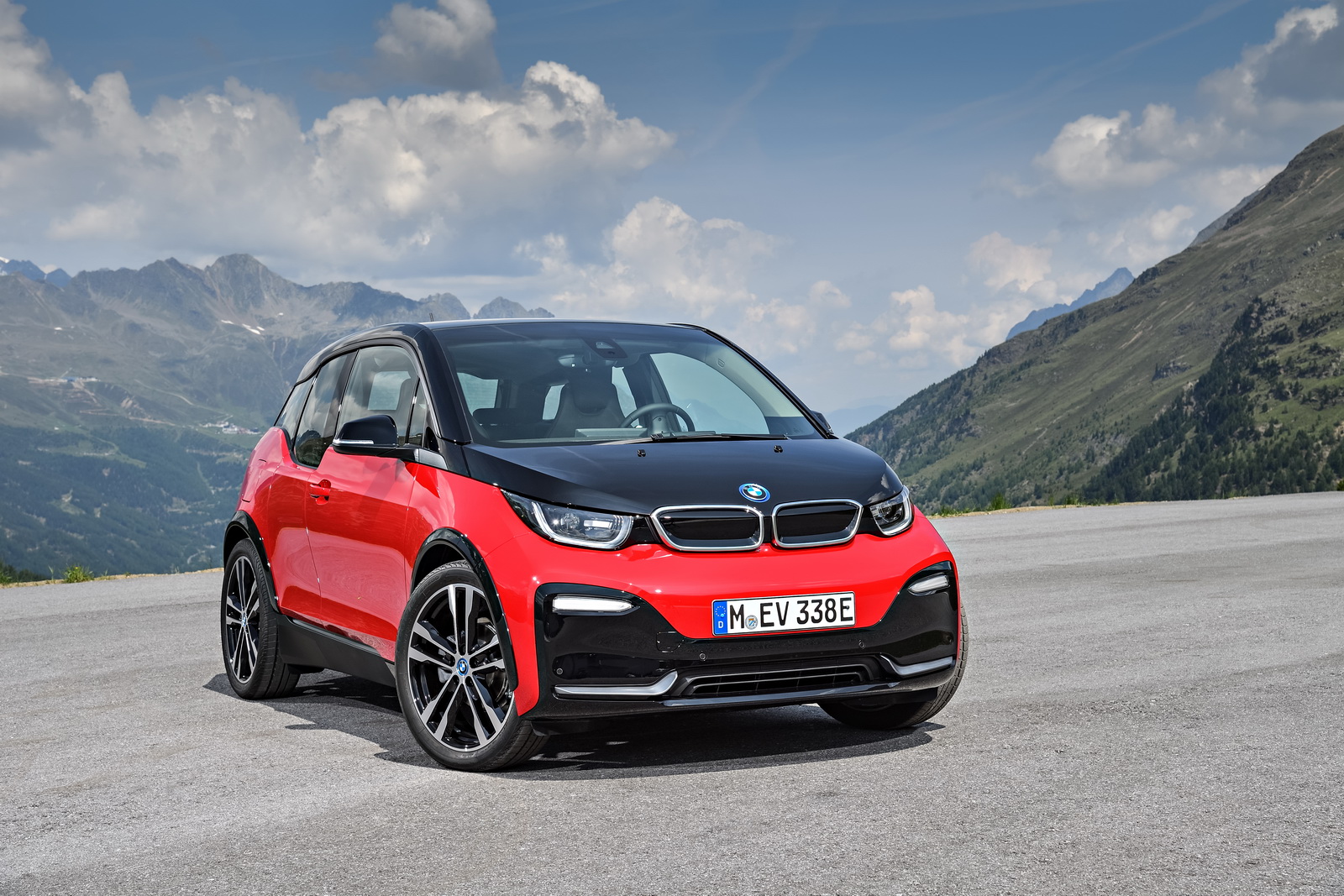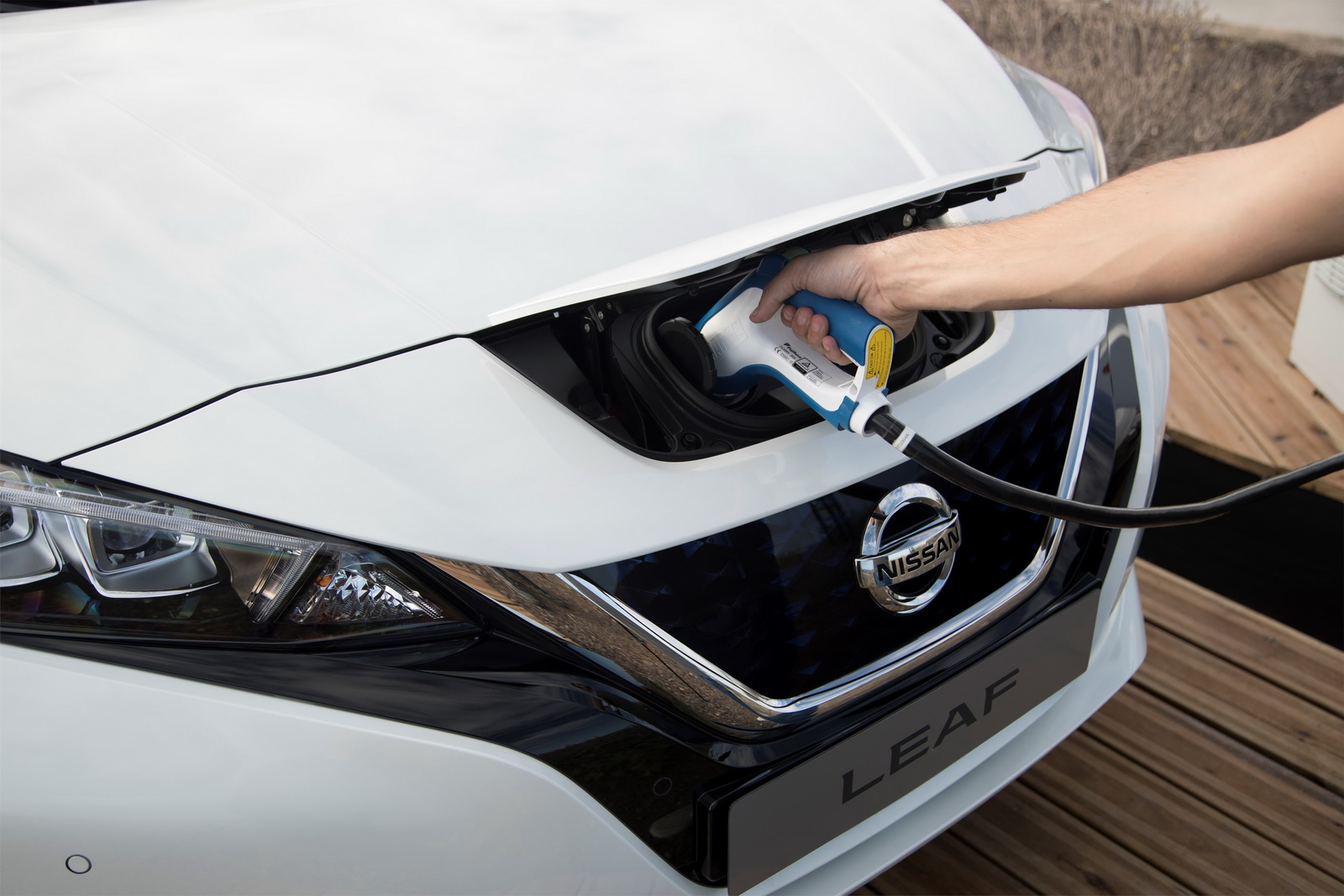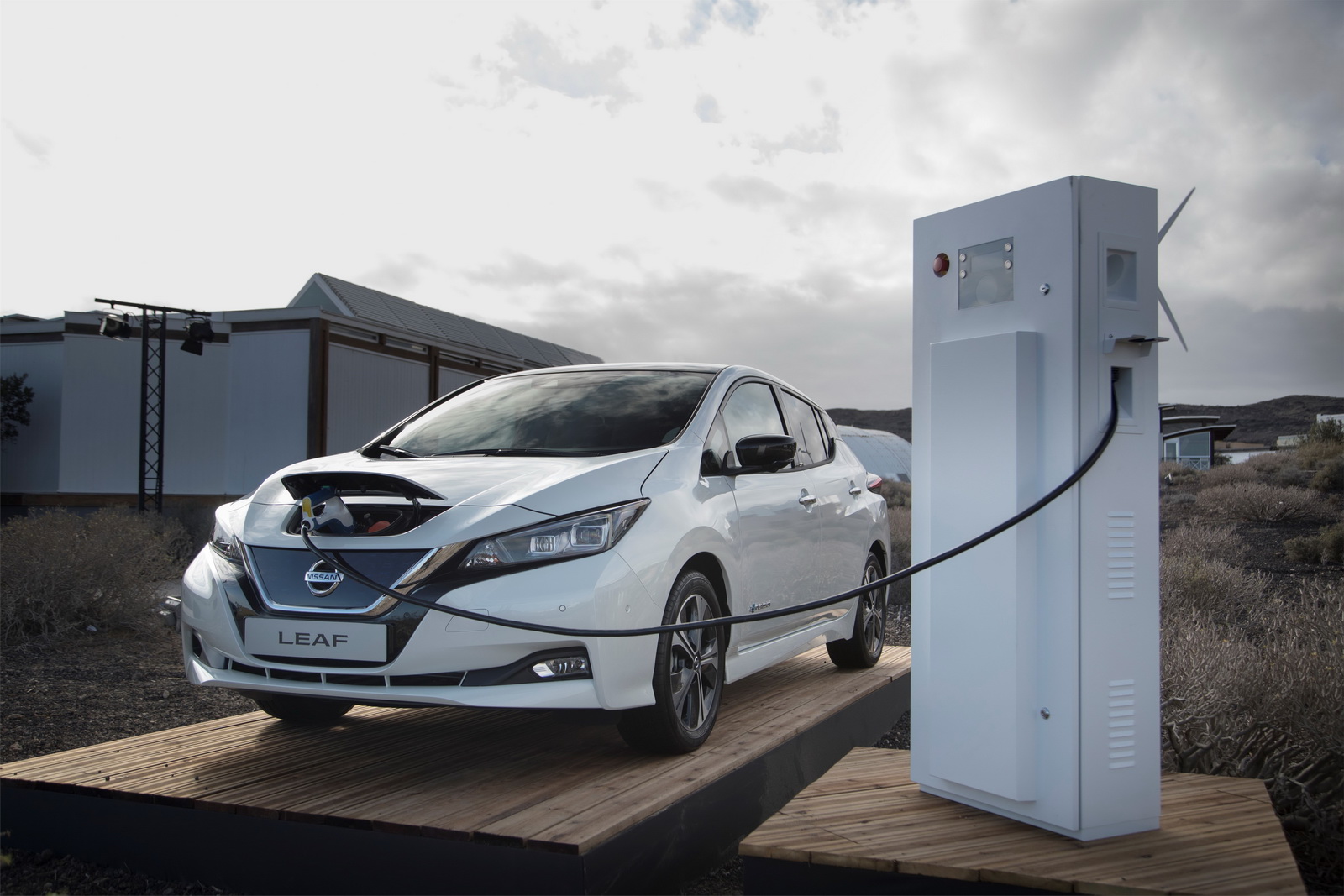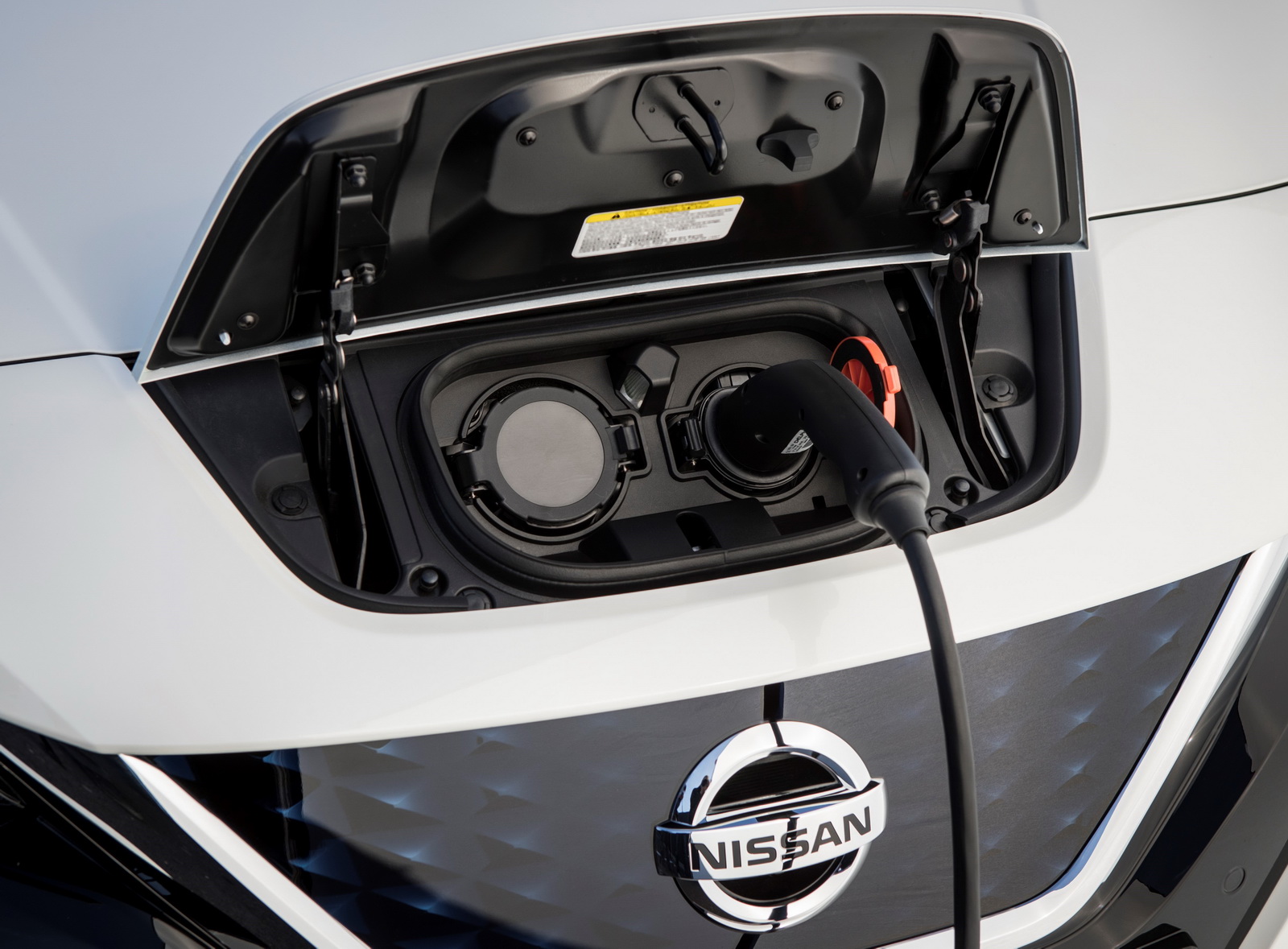The war for an industry-wide EV charging standard has just begun as BMW, Daimler, Ford and VW join forces to develop a network of high-power charging stations.
The four auto-makers hope that this move will help establish an industry standard for electric vehicles. At the moment, Tesla and manufacturers from Japan and Germany use different plugs and communication protocols between batteries and chargers.
Reuters reports that companies building the charging infrastructure necessary for EVs to become mainstream already say that the number of different plug formats must be limited to keep costs down. Needless to say that the carmakers behind a potential winning charging technology will benefit greatly, as their EVs will become more attractive to the customer.
In a bid to create a sizeable network for the Combined Charging System (CSS) favored by Europe, BMW, Daimler, Ford and VW will deploy 400 high-power charging stations on main European roads in 18 countries by 2020.
“In the end, it is about safe-guarding investments for those that are investing in electric mobility,” said Claas Bracklo, head of electromobility at BMW and the chairman of the Charging Interface Initiative (CharIN). “We have founded CharIN to build a position of power.”
Besides CCS, there are three other standards that can charge an EV’s battery fast: Tesla’s Supercharger, Charge de Move (CHAdeMO) which was developed by Nissan and Mitsubishi and GB/T in China, which remains the world’s biggest EV market.
“I think over time CHAdeMO and CCS converge, likely into the current CCS standard, and the jury is out as to what will happen to Tesla,” said Pasquale Romano, CEO of Silicon Valley-based ChargePoint, which runs one of the world’s largest charging station networks.
There are about 7,000 CCS charging points worldwide, according to CharIN, with more than half in Europe. EU backs CCS as the standard fast-charging tech but doesn’t prohibit other types of fast-charging being installed.
In comparison, the CHAdeMo-compatible charging points are 16,639 worldwide, with most of them in Japan and Europe. Tesla has 8,496 Superchargers, with the majority of them being in the US. In China there are 127,434 GB/T charging stations.
Each fast-charging tech has its pros and cons: Tesla’s network is exclusive to its customers while CCS features a double plug that can charge DC and AC, which increases the number of spots where drivers can charge their EVs. CHAdeMO on the other hand allows cars to sell power from their batteries back to the grid, a feature also known as bi-directional charging.
For now, CCS, CHAdeMO and Supercharger stations will continue their expansion in Europe and in the United States, while China will stick to the GB/T format, knowing that no manufacturer will want to lose out on the Chinese market.
Tesla has said last October that it added a second charge port compatible with GB/T in Model S and Model X cars for China, with most companies selling electrified models in China doing the same. Tesla is also selling CHAdeMO adapters to owners in North America and Japan.
Some argue that there will always be more than one ways to charge your battery-powered vehicle. CHAdeMO representative Tomoko Blech said that fussing over which standard would prevail is not helpful given that the electric car industry is still in its early days and carmakers should fight it out with their models.







